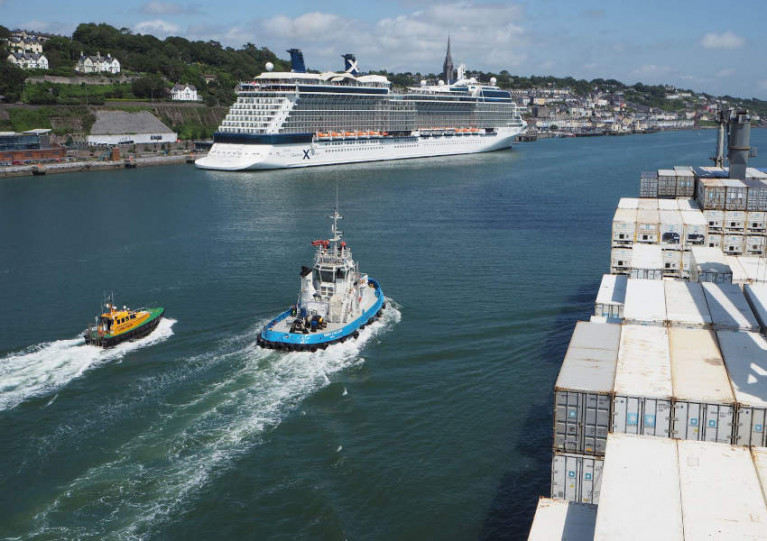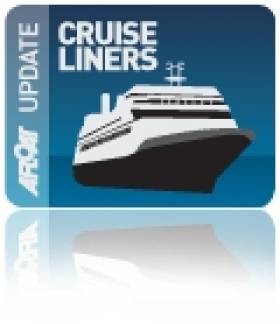Displaying items by tag: Brendan Keating
Port Of Cork’s Future Is Bright Says Departing CEO
On the eve of his retirement as chief executive of the Port of Cork, Brendan Keating tells the Irish Examiner how the port is primed for a bright future despite the added pressures of the coronavirus pandemic.
“It's very, very difficult in August 2020 to predict what it will look like in August 2021 but it will be changed,” he says regarding the cruise liner business in particular, which was expected to feature significantly in future growth plans.
However, the new direct cargo service to the US east coast points to a buoyant future for trade.
And the port itself is also set to take on a new form with the move of administrative operations from the city to Cork Harbour and the opening of the new container terminal at Ringaksiddy early next year.
But Keating, who steered the port and its operations for nearly 18 years, is keen to maintain the city’s maritime connection — and he shares concerns surrounding a potential bridge in new light rail network plans that could cut off the River Lee from the harbour.
The Irish Examiner has much more on the story HERE.
Cruise Line Business Worth €60m
There are many indirect economic and tourism benefits to Ireland from this sector, as well as the benefit of introducing Ireland to new markets and business opportunities. Such cruise visits also help to showcase Ireland's world class shore products, destinations and highlights all that Ireland has to offer visitors.
One of Ireland's advantages is the strategic and geographic spread of its numerous ports, many of which are in close proximity to world class tourism destinations.
Speaking at Seatrade Miami this week, the Chairman of Cruise Ireland, Mr Brendan Keating said "Cruise Ireland aims to promote the island of Ireland as an excellent cruising ground for cruise companies. With the total economic contribution of €60 million, we need to ensure that Ireland maintains this level of business and looks at methods of growing it in the future."
He continued; "Cruise Ireland is looking forward to the 2011 season with confidence. We expect to see further growth in ship calls and the continued establishment of Ireland as an important cruise liner destination. Marketing Cruise Ireland at Seatrade will hopefully encourage further cruise bookings to Ireland in 2012 and 2013."
Representatives from Cruise Ireland attended Seatrade Miami to promote the Island of Ireland as a cruise line tourism destination. This event is attended by over 10,000 delegates, cruise line operators, the world's leading cruise tourism destinations and 118 countries.
Each year, all of the international operators including Princess Cruises, Royal Caribbean, Cunard, Holland America Line and NCL visit Irish ports to access Ireland's world class destinations.
The 2011 season will kick off in early April with calls by the MV Queen Victoria to Cork, the MV Boudicca to Dublin and the MV Ocean Nova to Belfast

























































